Kashmiri Shias win 34-year battle against ban on Muharram procession
By Humaira Ahad
Ali, clad in a black kurta pajama and green shawl, had not slept the whole night. Unable to contain his excitement, he set out early in the morning on Thursday to be a part of the historic Muharram procession that was banned for 34 years in Kashmir.
The authorities put time restrictions and conditions, including that participants should not use "anti-national slogans or propaganda" or "disrespect any national symbol," yet it did not deter mourners from across the Himalayan region to assemble in the capital Srinagar to take part in the traditional Muharram 8th procession.
Mostly draped in black as a sign of mourning, thousands of Kashmiris beating their chests recited elegies in the heart of Srinagar on Thursday, the 8th of Muharram.
For many of these mourners born in the mid-1980s and after, this event seemed to be surreal as they had only heard about this traditional procession from their elders.
“Many people had pitched tents the night before. I along with my friends spent the night in a tent near the bund area close to Lal Chowk (in Srinagar),” Shujaat Hussain said in an excited tone to the Press TV website.
“I felt as if we had dethroned Yazid again, there was excitement and emotions were running high,” he added.
Though in fewer numbers, there were also women who had traveled from far-flung areas of the valley to be a part of the historic 8th Muharram procession.
Asiya, carrying a 2-week-old baby in her lap, was seen chanting “Ya Hussain (AS)” rhythmically while walking towards Dalgate in uptown Srinagar along with others.
She described the mourning procession as a “once in a lifetime opportunity," fearing that government may “re-enact the ban next year.”
Paying their allegiance to Imam Hussain (AS) and other martyrs of Karbala, the mourners were seen carrying banners as a mark of tribute to the grandson of the Prophet of Islam (PBUH) who was brutally martyred by the Umayyad tyrant ruler Yazid.
The history of Muharram processions in Kashmir dates back to 1527. Two major processions of 8th and 10th Muharram used to be taken out in Srinagar, the summer capital of Indian-administered Kashmir.
One started from Namchabal to Imambara Zadibal and the other from Alamgiri Bazar to Khushalsar. However, these two mourning processions were merged into one at the request of the then-Kashmir chief minister Sheikh Muhammad Abdullah in 1977.
In 1989, the erstwhile Kashmir administration put a blanket ban on these processions, citing political reasons and claiming that these processions fueled “anti-India sentiment” and “political unrest”.
From 1989 to 2023, no major Muharram processions were allowed in the heart of Srinagar despite conditions cited as favorable for the annual 40-day Hindu Amarnath pilgrimage.
The pre-militancy procession on the eighth of Muharram would start from uptown Abi Guzar in Lal Chowk and pass through the city center ending at Zadibal in downtown Srinagar, a Shia-dominated locality.
“This mourning procession was a standard example of Shia-Sunni unity in the valley. Showing respect to the Shia mourners the Sunnis would participate in the procession and also provide refreshments to their Shia brethren,” Sayed Imtiyaz, a businessman who participated in the procession three decades ago, recalled in conversation with the Press TV website.
For the last 34 years, many Shia religious and political organizations, activists and journalists contested this ban through legal channels and also though media.
In 2008, Ittehadul Muslimeen, a prominent socio-political outfit, filed a case in the Jammu and Kashmir High Court questioning the ban. The petition regarded the ban as a blatant violation of international law guaranteeing religious freedom.
The court issued the verdict in favor of the Shia organization and directed the government to allow the procession.
Filing a counter-affidavit, the government said the security situation in the valley did not permit the lifting of the ban.
For decades, both Shia as well as the Sunni community had been voicing their grievances and protest over the ban. It was regarded as a violation of the basic fundamental right to religious freedom of Kashmiri Muslims.
For more than three decades, the administration had been imposing curfew-like restrictions to prevent the Muharram 8th and 10th processions in Srinagar.
The routes of the processions would be sealed with concertina wires and barricades.
However, the severe restrictions put even on the pedestrian movement would not stop the mourners from taking out peaceful processions.
Police would even lob tear gas shells and resort to baton charges and even arrest mourners who would be a part of the procession in Muharram 8.
As the ban was lifted this year, the majority of participants in the mourning procession gave no credit to the government, believing it was their 34-year-old struggle that forced the administration to revoke the ban.
“Our blood that we would spill, our romance for Karbala given, Imam Hussain helped us and no force can stop Zor e Abbas,” said Hussain, a mourner, while referring to the lifting of the ban by Indian authorities.
Many mourners took to social media to express their emotions after the revocation of the 8th Muharram procession ban was announced on Wednesday evening.
Ali Safuddin, a music producer based in Srinagar, posted a video of the 8th Muharram procession writing: “For Kashmiri Shia Muslims born in the 90s and post that the 8th Muharram procession of 2023 is of historic significance."
'Next to impossible' to rescue patients from Gaza's Kamal Adwan Hospital: Director
VIDEO | Vietnam current prosperity
Report blames gasoil exports for shortage at Iranian power plants
VIDEO | Hind Rajab Foundation names Israeli war criminals vacationing after Gaza genocide
VIDEO | Australians rally for Gaza ahead of Christmas festivities
VIDEO | Attacks on Sana'a
Iran reports further drop in annual inflation rate in December
Israel indicts two settlers over suspected spying for Hezbollah


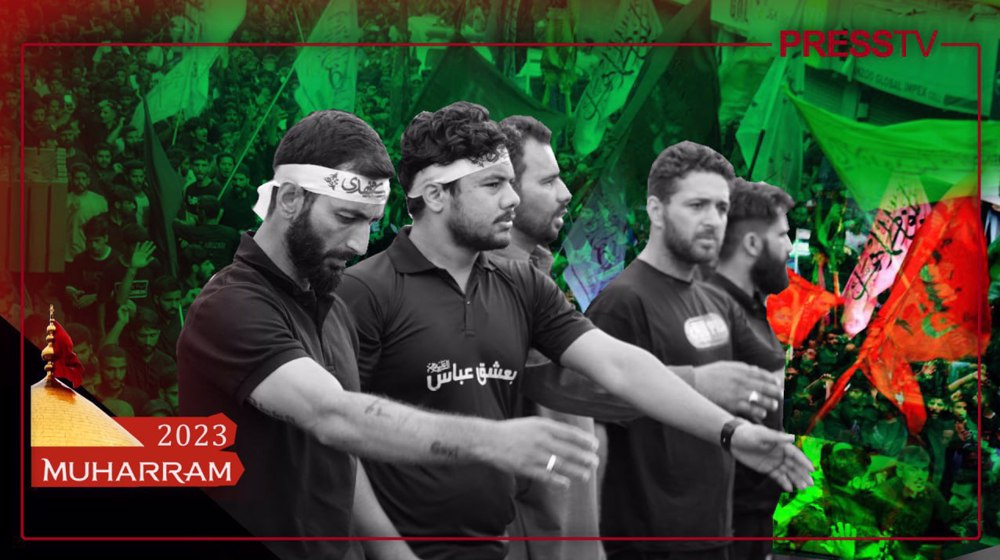
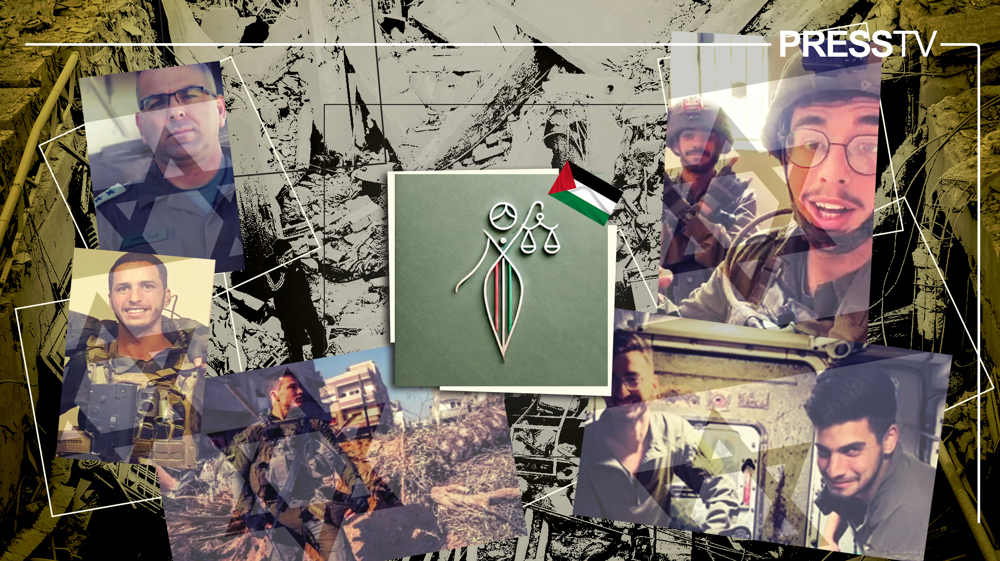

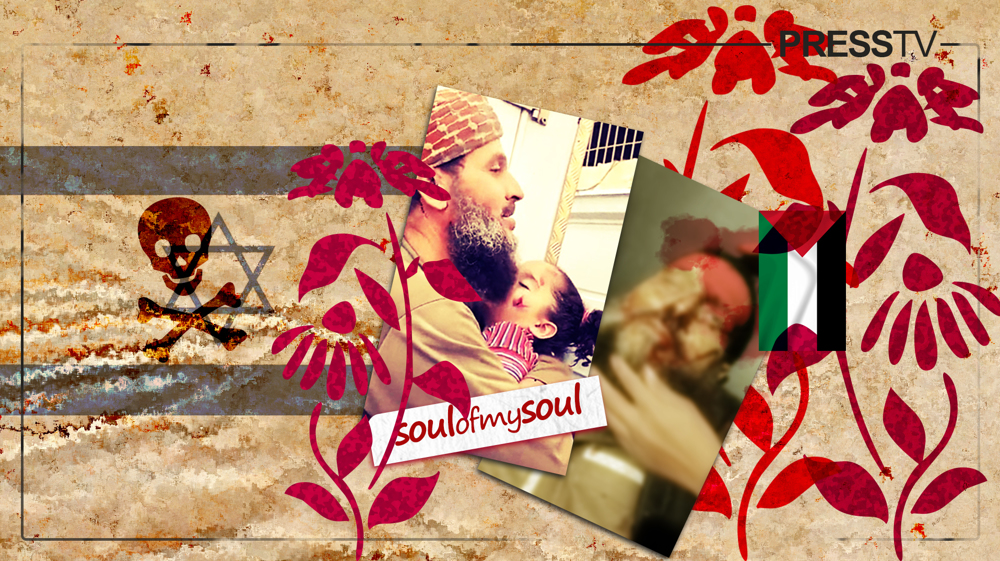



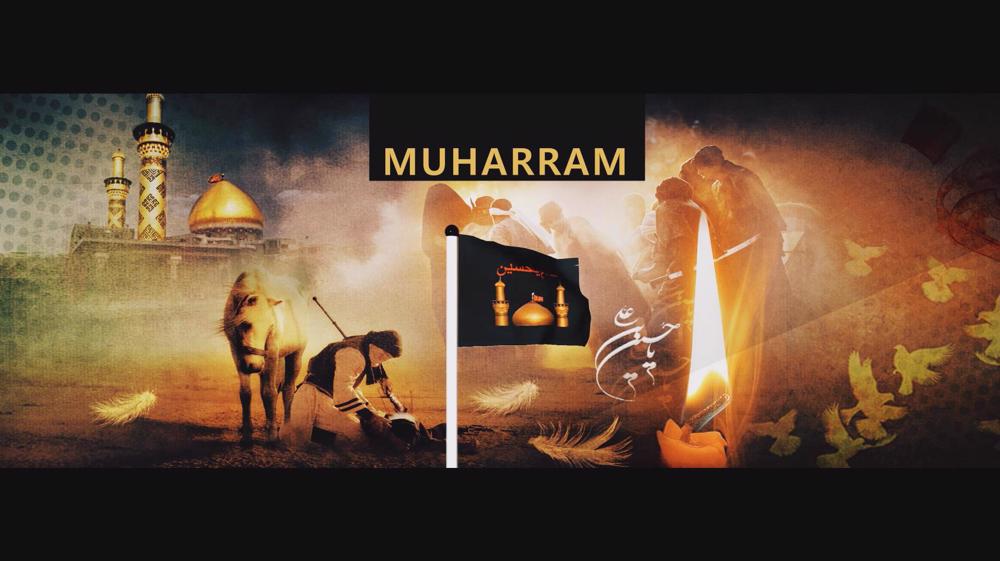
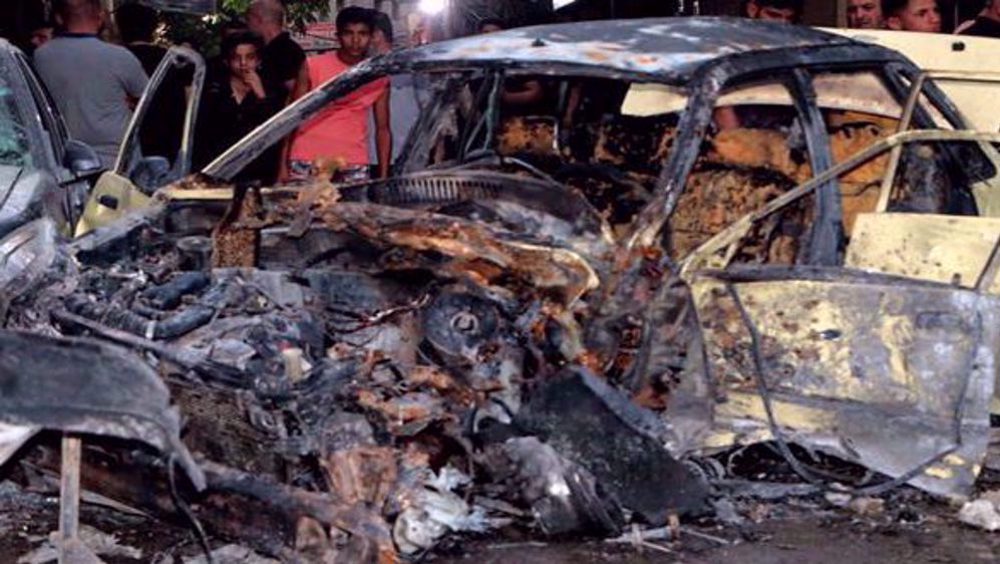
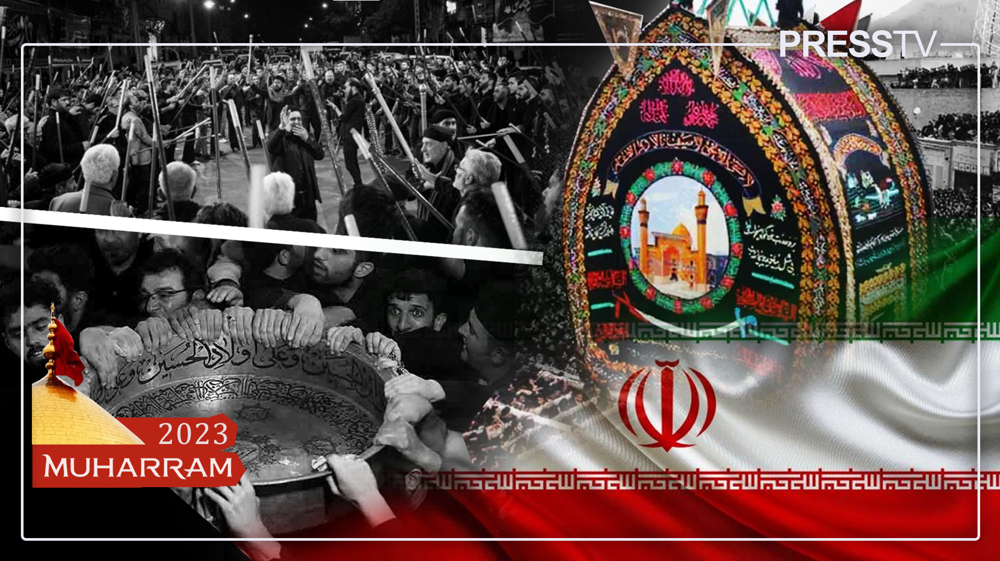

 This makes it easy to access the Press TV website
This makes it easy to access the Press TV website